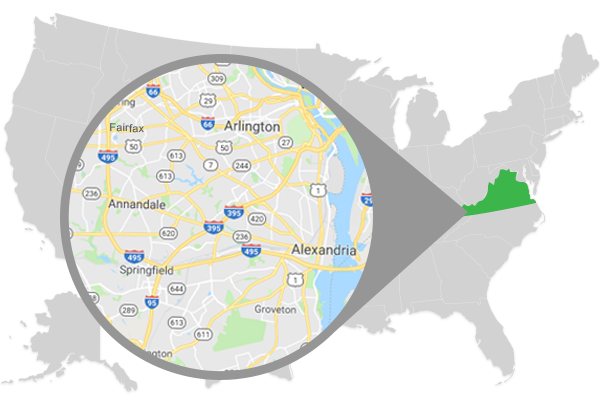Before we go any further, I need to let you know that disturbing these nests and or eggs is considered a violation and against the law. Taking eggs (except for some ‘pest’ species) is illegal under the Wildlife and Countryside Act 1981 – and rightly so.
However, you don’t need to break the law to be an egg-detective at this time of year – the signs are all around us. What are those fragments of speckled eggs on the garden path? Who laid that bright blue egg dumped on the lawn? Remember, eggshells don’t just fall out of a nest. Predators such as foxes or magpies may carry them away, as do parent birds, often to help conceal the location of vulnerable babies.
Now that is out of the way, let the egg-detecting commence. The following references 12 nests and the eggs contained inside to use for identifying what kind of bird has decided to make their home in the garden or on the porch of your home.
12. Herring Gull (Larus argentatus) 
70 x 48mm. Not glossy; the surface is minutely sculptured. Brownish or blue-green with variable flecking.
11. House Sparrow (Passer
domesticus)
22.5 x 15.5mm. Slightly glossy. White with variable, often heavy, speckling in browns and blue-greys.
10. Great Tit (Parus major) 
17.5 x 13.5mm. Slightly glossy. White with variable amounts of reddish or purplish speckling.
9. Canada Goose (Branta canadensis) 
86 x 58mm; one of the largest eggs you’re likely to encounter. Not glossy. White or cream, with no markings.
8. Mallard (Anas platyrhynchos) 
57 x 41mm. Smooth with a matt or ‘eggshell’, rather than a glossy, feel. Typically pale blue-green.
7. Pheasant (Phasianus colchicus) 
46 x 36mm; the size of a small hen’s egg. Usually olive-brown, but can be brownish or have blueish tones.
6. Housemartin (Delichon urbica) 
19.5 x 13.5mm. Smooth and slightly glossy. Plain white. Sometimes found under eaves near predated nests.
5. Dunnock (Prunella modularis) 
20 x 15mm. Smooth and glossy. Bright blue and unmarked; smaller than superficially similar starling egg.
4. Robin (Erithacus Rubecula) 
20 x 15.5mm. Smooth but has a matt finish. White with variable fine brown freckles; whole egg may seem buff.
3. Blackbird (Turdus merula) 
29 x 22mm. Smooth and glossy. Green-blue or blue; heavy red-brown freckles – can seem brown overall.
2. Song Thrush (Turdus philomelos) 
31 x 22mm. Smooth and glossy. Very pale blue with a few large dark speckles, mostly at the wider end.
1. Starling (Sturnus vulgaris) 
30 x 21mm. Smooth and fairly glossy. Pale blue with no markings. Sometimes found completely whole.
If you need help with a birds nest that is in a location that may cause damage or a fire, please call Summit Environmental Solutions to have a Wildlife Expert come out and take a look, at no charge, and provide you with a free estimate on the fee’s associated with its removal. Only a licensed Wildlife Expert may disrupt certain species of birds nests. Some nests may not be touched no matter what the circumstances are until the eggs have hatched and birds have left the nest completely.
















